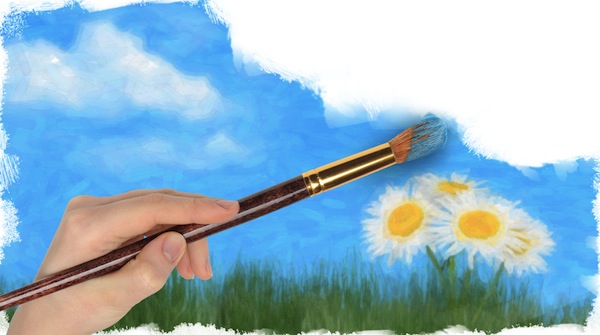
If you’ve spent some time exploring the world of free PC paint programs, then you’ll know that most of them look much like any other application. There are menus here, ribbons there, toolbars, flyouts -- it’s all very familiar, if not particularly likely to inspire your creativity.
The OpenGL-based SpeedyPainter, though, takes a different approach. It strips the interface down to the basics, reducing all the usual distractions to the absolute minimum, and instead concentrates on delivering a clean, simple and straightforward painting experience.
At first glance this may look just too limited. The program arrives in the form of a 1.87 MB download, for instance, so you probably won’t be expecting the longest of feature lists. And the opening interface doesn’t exactly look polished; it’s just a few buttons, sliders and other controls, scattered around the edge of the painting area.
Get started, though, and you’ll find SpeedyPainter offers far more capabilities than you might expect. Wacom tablet support means you can vary stroke size and opacity with your pen pressure, for instance. A versatile color picker can pop up at your cursor position for quick and easy access. There are rotate, flip and crop tools; you get layer support and a selection tool; there’s even a perspective grid overlay to help you produce more realistic images.
These tools have plenty of functionality, too. So you could just draw a crop rectangle and apply it, just as you’d expect. But you can also rotate it, or pan the image underneath, to help you select the exact area you need. (And just wait until you see what you can do with the Perspective Grid…)
But this is rarely, if ever confusing, because as you choose individual options, so the program will display simple on-screen prompts to explain what you can do. While more detailed help on the various hotkeys is only ever a click away.
And once your masterpiece is complete, SpeedyPainter won’t just save the image. It also captures each stroke as you work, and can export the results as an AVI file (480p, 720p, 1080p), a great way to see how the picture was produced. Don’t take our word for it: browse the official gallery and see for yourself.
Photo Credit: Galushko Sergey/Shutterstock

